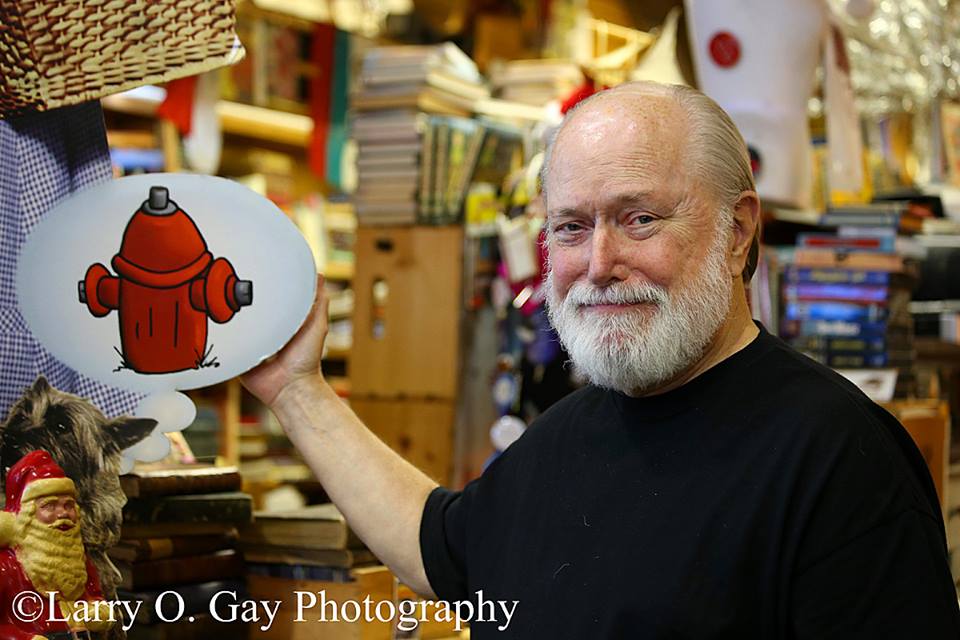Listen to Jim’s podcast:
http://redclaydiary.com/
or read his column below…
Macy’s Ghost Clerks Invade the Aching Feet Treatment Center
I used to be an unreconstructed creature of habit, but now that I am of a certain advanced age, a new realization has come upon me.
Now my habits have habits.
And speaking of habits, even the clothes I don each day look something like nuns’ habits—-dark blazer over dark shirt above dark trousers anchored by dark shoes. I don’t have a particularly wise and witty reason for wearing black all the time. It just seems easier to match everything, easier to minimize my blobby girth. I don’t have to expend energy and time figuring out what I will wear today.
Anyhow, eventually even I—the guy who pays no attention to clothing—realize that my jacket is looking frayed and feeling poorly. So I make the long-dreaded trek to Macy’s to see whether the chain still carries a clone of the coat I’ve worn to a frazzle.
My fantasy is simple: I won’t even have to try on anything. I’ll just walk briskly to the Men’s Department, show the lining label to a clerk, and say, “I’d like to order two more of these, please.”
But you know and I know that nothing is ever as simple as it is. Everything is more complicated than it is. Everything costs more than it does.
I enter Macy’s and suddenly feel as if I’m in a haunted-house movie. Well-dressed clerks are scattered about, each maintaining a post in a specific department, each customerless, each staring straight ahead with pleasantness frozen on their faces just in case a supervisor wanders by for a pleasant-expression inspection.
What daydreams may come to these clerks, what soreness of foot and aching of back syndromes do they endure?
After a lifetime of encountering clerks from every walk of life, after decades of chatting with them and listening carefully to what they say aloud to one another, I have learned this: No matter how pleasant or dismissive or distracted they look, each one is glancing at the clock in anticipation of the next recess, the lunch break, the shift-ending hour. Each is hoping to be somewhere else as soon as possible.
The male clerk destined to assist me is pleasant, business-like, and robotic. I’ve never yet had a salesperson say, “Gee, that looks like crap on you. Don’t buy it—people will laugh.”
The clerk knows this silent truth, I know this to be so, thus I have to make my own judgement about whether I should purchase this jacket or that jacket. I’m always fortunate when Liz is able to accompany me and provide some feedback. Left up to me, I would buy the first thing I see (and I often do that), just to escape Robotics Land.
I make a selection, in the process learning that men’s clothing departments no longer offer alterations. I have to take my three-inches-too-long-sleeved blazer to another store that specializes in tailoring. The entire process takes an hour, not counting the return visit I will make to pick up the altered item.
See? As Liz Reed always says, “Everything takes longer than it does.”
In my 3 a.m. wide-awake insomniac meanderings, I add to my TO DO LIST: Send each Macy’s clerk a gift packet containing Epsom Salts, dark chocolate, aspirin and a thank-you note reading, “Be of good cheer. We’ve all been there, and you will get through this.”
The clerks won’t know what the heck that means, but at least I’ll feel better
© Jim Reed 2015 A.D.
